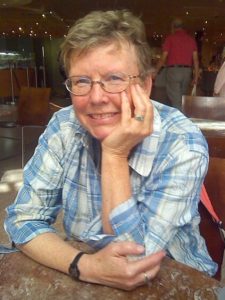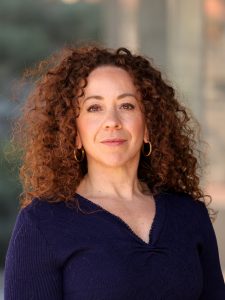Community Science: Making It Work to Produce Cutting-Edge Research
This workshop will bring participants up-to-date on the exciting new efforts taking place in community science. Using examples from numerous disciplines and many research areas, we will show how to implement community science with great effectiveness in a variety of settings. We will illustrate approaches that have been shown to be robust. Problems and challenges will be described and examples will be considered. This will be a hands-on workshop with participants finishing the workshop with problem solving guides, resource lists, and training materials that they can apply to their own work.
 Linda Silka, Professor Emerita, School of Economics and Senior Fellow, Senator George J. Mitchell Center for Sustainable Solutions, University of Maine. Dr. Silka has worked on community-university research partnerships for multiple decades. She has created and taught transdisciplinary graduate courses in community-university research partnerships, developed guidelines for research partnerships with stakeholders, served on research panels for National Institutes of Health on stakeholder-researcher partnerships, and received funding from numerous federal agencies to pursue this work. She has published widely on stakeholder-researchers and has offered workshops on many U.S. campuses, at the National Academy of Sciences, and in countries such as Australia.
Linda Silka, Professor Emerita, School of Economics and Senior Fellow, Senator George J. Mitchell Center for Sustainable Solutions, University of Maine. Dr. Silka has worked on community-university research partnerships for multiple decades. She has created and taught transdisciplinary graduate courses in community-university research partnerships, developed guidelines for research partnerships with stakeholders, served on research panels for National Institutes of Health on stakeholder-researcher partnerships, and received funding from numerous federal agencies to pursue this work. She has published widely on stakeholder-researchers and has offered workshops on many U.S. campuses, at the National Academy of Sciences, and in countries such as Australia.

Mónica Ramírez-Andreotta, M.P.A., Ph.D. is an Associate Professor of Environmental Science at the University of AZ. Using an environmental justice framework and participatory research methods, she investigates exposure pathways and communication strategies to translate environmental health research to action and achieve structural change.
Using an environmental justice (EJ) framework, Dr. Ramírez-Andreotta’s research program focuses on five primary areas of Environmental Health:
1) Participatory approaches to science to increase environmental health literacy (EHL) and achieve justice
2) Environmental monitoring – Developing a fundamental understanding of the fate and transport of contaminants in plant-soil and plant-atmospheric systems
3) Exposure science – Conducting culturally appropriate risk assessments
4) Science and risk communication – Creating innovative tools and data sharing practices
5) Data Science and Management – Ensuring integration, interoperability, and visualization of community vulnerability and resiliency data.
Dr. Ramírez-Andreotta is pioneering new methods in exposure science, identifying community-level resiliencies to combat environmental health vulnerabilities and devAeloping novel communication strategies. As demonstrated by her flagship co created community science (CS) programs – Gardenroots and Project Harvest, she applies the peer/empowerment education model, strives to elucidate and eradicate environmental health risks, and co-designs public health prevention/intervention programs and communication strategies to engage, build efficacy, and address structural challenges in underrepresented, underserved, and affected populations.
To do this, she integrates pollution and exposure science, sociology, art, and environmental/health communication. Within the context of public health, environmental monitoring and phytotechnologies are a primary prevention strategy and can successfully lead to the mitigation of harmful environmental exposures. Using participatory research methods, she is developing low-cost monitoring and clean up tools, designing effective data sharing strategies, and integrating CS environmental monitoring data with other data sets to enhance discoverability and reuse of data for research translation and better hypothesis generation.
